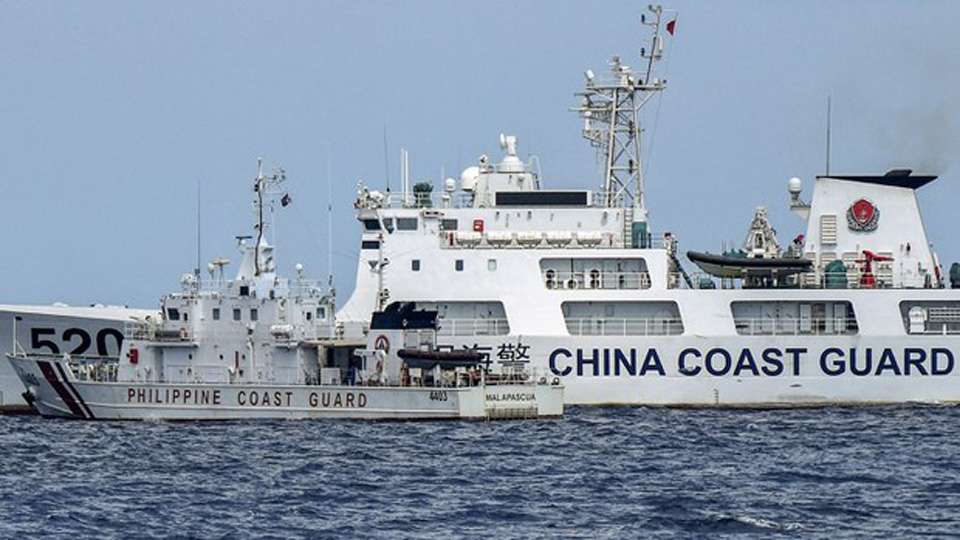Philippine President Ferdinand Marcos Jr. has expressed his determination to defend its waters in the South China Sea following three incidents involving Chinese vessels. The Philippines Coast Guard resupplied military outpost at Second Thomas Shoal, while Manila accused Chinese coast guard of using water cannon and sound blasts against Filipino fishermen near Scarborough Shoal.
A civilian “Christmas convoy” was ordered back to shore after four Chinese vessels started shadowing its lead ship. Marcos emphasized that the features known to Filipinos as Ayungin Shoal and Bajo de Masinloc are “an integral part of our archipelago.” The Philippines has a legitimate right to operate in the West Philippine Sea, and its illegal presence and actions against citizens violate international law and rules-based order. Ramming allegations were made against Philippine civilian supply vessels during a routine resupply and rotation mission to the BRP Sierra Madre.
The Chinese coast guard has accused the Philippines of ship ramming its vessels in the South China Sea, a tactic that has been a source of tension between the two countries. The Philippines accused China of violating the Convention on the International Regulations for Preventing Collisions at Sea (COLREGs) and causing serious damage to vessels and crew members. The Philippines has previously accused China of ramming its ships in the waters off the Second Thomas Shoal, also known as Ayungin Shoal, but China denied the accusation. The Philippines summoned the Chinese ambassador and filed a diplomatic protest against China’s actions.
The United States also expressed concern, warning that Washington is obligated to defend the Philippines under a 1951 Mutual Defense Treaty if Filipino forces, ships, and aircraft come under armed attack. The Philippines is making regular resupply missions to troops stationed on the Sierra Madre, and the Chinese coast guard has been trying to prevent them. The Philippine National Task Force reported that CCG vessel 5204 deployed a water cannon against Philippine supply vessels, causing severe damage to the Kalavaan motor launcher and endangering its crew.
Manila accused the Chinese coast guard of using water cannon, a floating barrier, and sound blasts against boats delivering food and fuel to Filipino fishermen in disputed waters near another shoal in the South China Sea. Manila’s Bureau of Fisheries and Aquatic Resources vessels were targeted at least eight times. The China Coast Guard responded by stating it had used “control measures in accordance with the law” against the Philippine boats. Analysts suggest Manila has been using a tactic of “assertive transparency” in reporting incidents in disputed waters, which has been used since people dealt with gray zone tactics. Gray zone activities are not explicit acts of war but can be harmful to a nation’s security. For example, during the 2014 oil rig crisis between China and Vietnam, Hanoi ferried international journalists to the site to shed maximum light on the ‘gray zone’. This practice has proven effective, with perseverance being the key.


